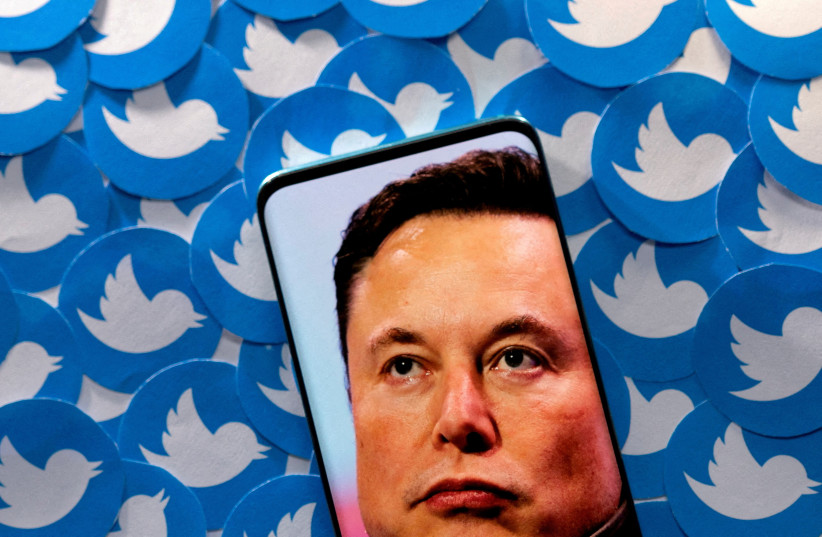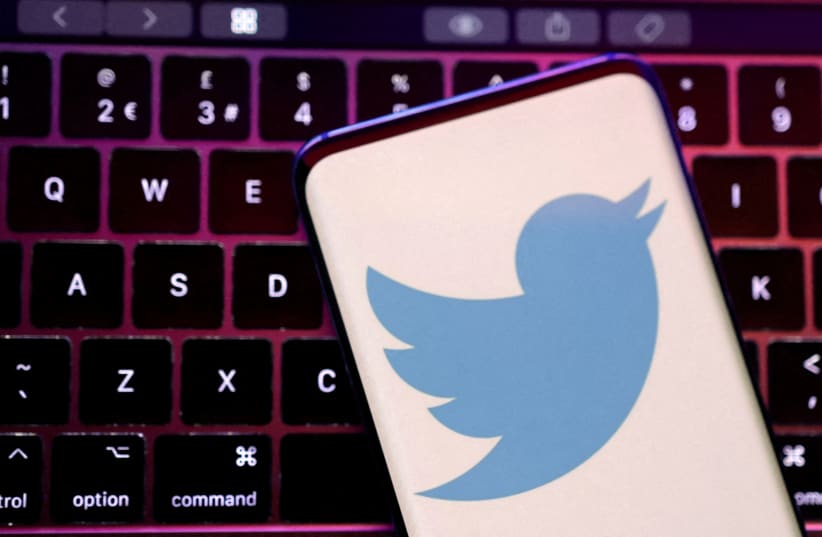Over the last two weeks, a series of revelations about internal operations at Twitter, dubbed the “Twitter files,” have provided an unprecedented look at how this major social media company makes decisions.
A number of journalists have been putting out Twitter threads, getting the story out there, including Matt Taibbi, Bari Weiss and Michael Shellenberger.
The files show how the Internet has gone from being a largely free market to a heavily curated marketplace where people and algorithms try to amplify certain ideas and prevent others from spreading.
The internal documents shed some light on important controversies in the lead-up to, and after, the 2020 US election. More information is expected to come out in the coming weeks.
Taibbi wrote, “It is a Frankensteinian tale of a human-built mechanism grown out of the control of its designer.”
“It is a Frankensteinian tale of a human-built mechanism grown out of the control of its designer.”
Matt Taibbi

Weiss tweeted that the “investigation reveals that teams of Twitter employees build blacklists, prevent disfavored tweets from trending, and actively limit the visibility of entire accounts or even trending topics – all in secret, without informing users.”
Because this information relates to controversial decisions in US politics, it is unsurprising that many have reacted to the files with either a shrug, or a sense that this confirmed their suspicions.
For those who believe that social media giants like Twitter, Facebook, YouTube or Instagram are right to play a major role in going after “disinformation” and curating news input, Twitter was in the right. Their reaction to the Twitter files, already tinged by their critical view of fresh Twitter owner Elon Musk, is that this is a “nothingburger.”
For those who think big tech has spiraled out of control, censored “free speech” or suppressed conservative voices, the files confirm their suspicions: that within the company there were not just layers of people devoted to dealing with “safety” but that the decisions were personal and appeared to violate Twitter’s own guidelines when it came to preventing the spread of disinformation.
The real importance of the Twitter files
The real story of the Twitter files and their importance likely extends far beyond the 2020 US election. Over the last few decades, the Internet landscape has changed greatly.
Over time, we moved from AOL Instant Messenger and Geocities, early attempts at enabling users to communicate and build their own websites in the 1990s, to MySpace and then to Facebook. The term “misinformation” was rarely found then. Of course, that’s not because there wasn’t any.
THERE WERE websites devoted to hatred, racism and support of terrorism. But because at the time there weren’t major social media companies with billions of users, and because in those days there were no “bots” or other inauthentic methods by which users can “juke the stats,” there wasn’t a need to heavily “moderate” content.
Over time, as the companies grew, so did the questions about how this information was spreading.
Most early users remember when “cat videos” and the like would “go viral.” People who were promoting products could easily manipulate the platforms with the methods that later developed into search engine optimization.
Eventually, the entrepreneurs behind these sites saw their corporations rise to immense wealth and power, which led to mergers: Facebook acquired Instagram in 2014 and Google bought YouTube in 2006.
This created a monopoly in which a handful of companies dominated not only online searches but also how people interacted on their platforms. This meant that the news being regurgitated and shared across these platforms had powerful gatekeepers.
Americans constitute a large number of social media users, especially on Twitter, which was founded in 2006, and by 2011, had 100 million active users. It was clear by 2014, when the ISIS terrorist group was committing genocide in Iraq, that social media companies were not doing enough to eliminate radicalizing content.
This meant that governments became invested in how these companies were responding to a very real national security crisis. After all, ISIS recruited online via social media.
Governments don’t care very much about cat videos, but they do care about terrorist content. This vested interest came with an interest in how much these companies had over people’s privacy. This demand led to a massive increase in staffing at these companies.
By the time of the US election in 2016, social media giants were increasingly dedicating their manpower to topics like “safety,” “policy” and “trust.”
It appears that this attempt at content moderation went far beyond just penalizing accounts that violated the companies’ self-stated and ever-changing standards.
For instance, it’s one thing for a company to penalize a user who uses racist terms, or penalize users that are fake. It’s another thing for a company to create massive layers of ways to “amplify” and “de-amplify” accounts so that users don’t even know the content they share can’t be seen or searched for.
THESE COMPANIES did a lot of this without any transparency and offered no opportunity for users to appeal. There were no checks and balances. The more these social media giants dominated access to information, the less transparent they were and the more they curated what users saw.
Today, most users of social media know this. They know that even though they might follow hundreds or thousands of accounts or “like” different accounts, they only actually see some of the content.
The claim was that this was about creating “healthy” conversations and not feeding trolls or extremism. Critics saw this as creating ideological silos. But what happened in the last few years goes far beyond just creating a silo, though, so that if a user “likes” the same five other users’ content, they get shown that content more often.
It could be argued that the attempt to amplify certain causes while pushing others to the shadows made social media giants an arm of government public policy. This is where the Twitter files, and any other attempts to provide transparency, are important.
While some say corporations have the right to do what they want, some would argue that because most users now get their information from just one or two companies, they are very much part of our public landscape.
It is at this point that the public and elected officials need to scrutinize these companies more. While social media giants might think they are serving the public good by clamping down on “misinformation,” what happens when they make mistakes? What happens if authoritarian regimes are able to find a way into the data?
This is an important question in a world of rising authoritarianism. Social media giants were told after the 2016 US election that they could be victims of foreign governments meddling in future elections. It was under that guise that these tech giants prevented the sharing of a controversial story about a laptop in 2020.
The problem for the public is that it’s very difficult to get any information on what these tech giants are doing, and to challenge their decisions.
The files hint at how some decisions that were made were arbitrary. It will take time to know what other kinds of decisions were made.
This matters when it comes to controversial subjects discussed on social media as well as things like incitement and antisemitism.
Regardless of a person’s political stance, people should want to know how those companies that sit astride most of the information that exists in the world today are operating and whether users will ever get the transparency they deserve.
